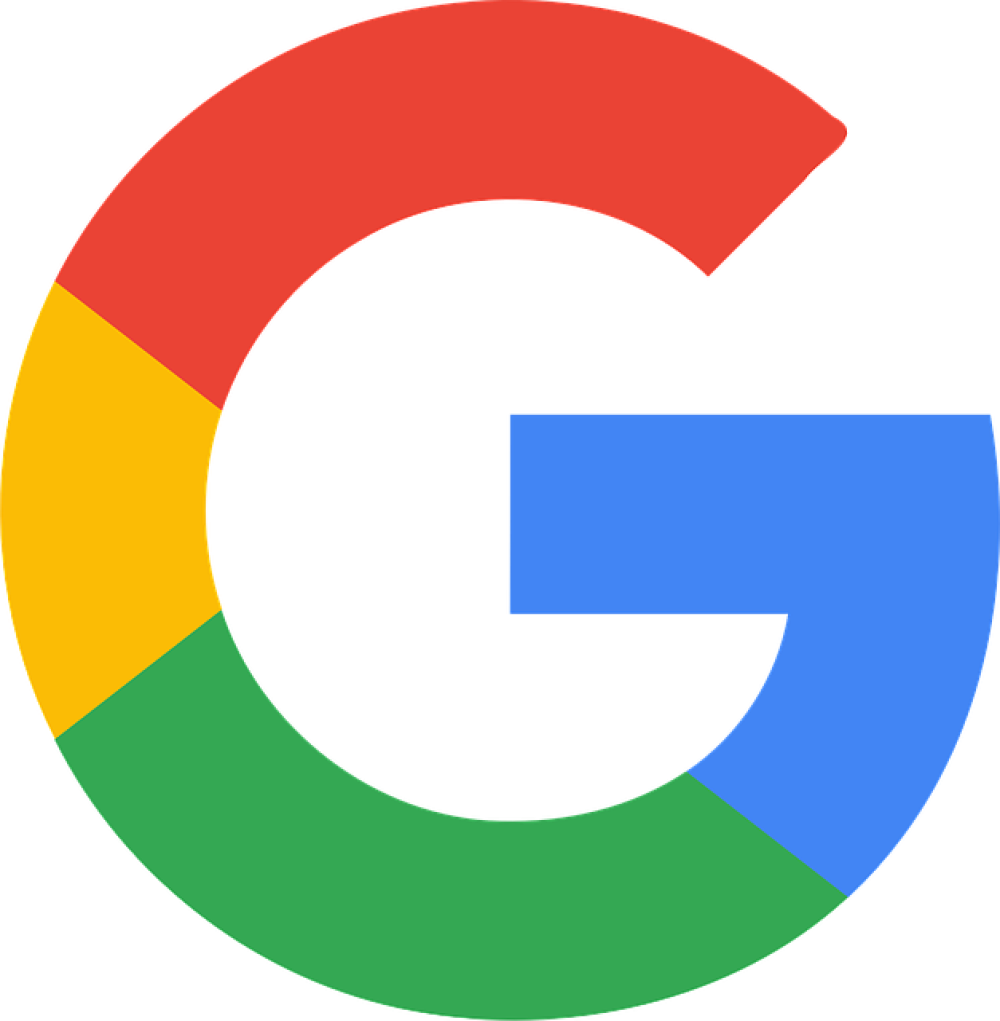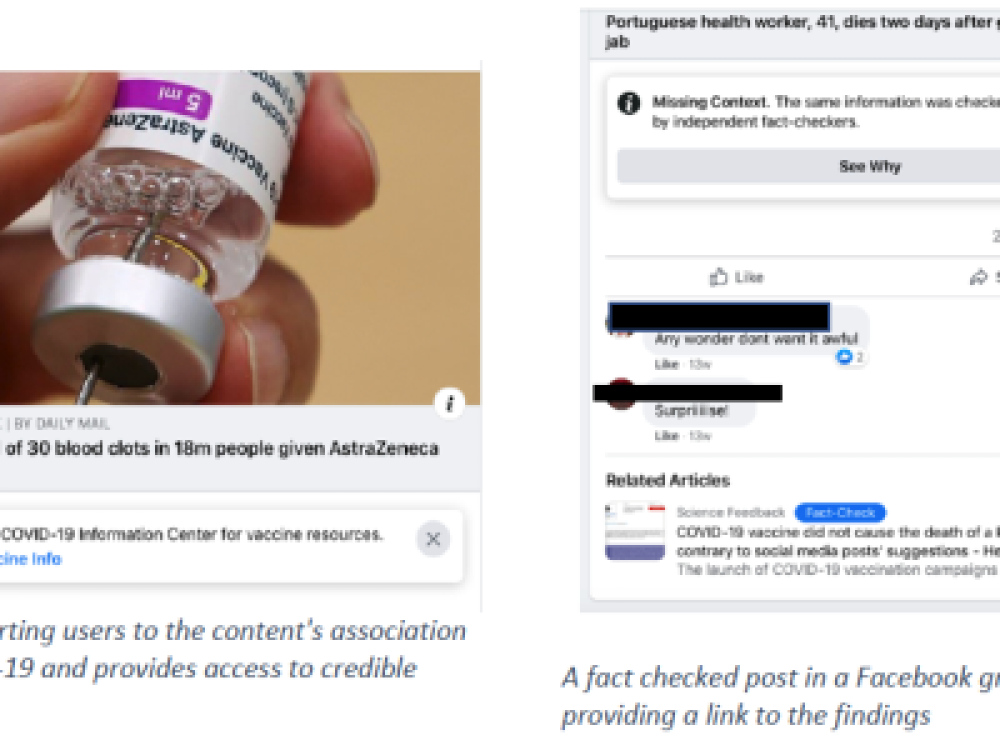Google's Accelerate Mobile Pages (AMP) will speed up the web and marks a fundamental shift in the way online content is created. It also raises broader questions about who controls the architecture of the web. What does all this mean for publishers and advertisers?
The Early Web was created from a vision of a globally-accessible, interlinked information universe. The focus in that era was on the ability to ‘have at your fingertips all you need to know about electronic publishing, high-energy physics or for that matter Asian culture.’1 The World Wide Web has since evolved from a universe of information into a vibrant, commercial platform of exchange. Arguably, the web is now the principal platform for the distribution and consumption of content, at least in the developed world.
As the web has evolved, and as software has come to dominate physical information distribution, the pages have become more complex. In addition to richer media, features that were not originally envisaged have become common like analytics-driven advertising, pay-walls, and user tracking.
The size and number of objects which compose a web site has grown considerably, now reaching in excess of 1,600 KB. By comparison, the entire Netscape Browser v0.9 came to 749KB in 1994.
 Google announced the Accelerated Mobile Pages project in October, 2015, in part as a response to the view that slow web-pages and poor user experiences were making the mobile web unusable. There has long been a tension between apps and the mobile web, and a possible fear is that the means of making money (advertising) on the mobile web is also a major source of frustration to users.
Google announced the Accelerated Mobile Pages project in October, 2015, in part as a response to the view that slow web-pages and poor user experiences were making the mobile web unusable. There has long been a tension between apps and the mobile web, and a possible fear is that the means of making money (advertising) on the mobile web is also a major source of frustration to users.
The Problems of Mobile Advertising
The problems that face content developers on mobile are the same as on desktop, but amplified by the smaller screens, slower connections, and lower processing power. A more significant factor could be that users on mobile devices are browsing in a different context to those seated with a laptop or desktop. Nearly 30% of users block adverts on their desktop browsers, and it appears that similar behaviour can be expected from mobile users now that Apple have permitted ad-blocking on iOS. This might reveal a more immediate concern for Google, which is that if advertising revenue can’t fund the open web, then so-called ‘walled gardens’ become even more appealing to media publishers and other content creators.
 When the Crystal mobile ad-blocker team surveyed users about why they want to block mobile adverts, they found that limiting visual clutter and increasing speed were the key motivations with privacy also a significant consideration. Such factors formed part of the rationale behind Crystal's (paid) initiative to 'white-list' or unblock by default those adverts that meet an acceptable criteria.
When the Crystal mobile ad-blocker team surveyed users about why they want to block mobile adverts, they found that limiting visual clutter and increasing speed were the key motivations with privacy also a significant consideration. Such factors formed part of the rationale behind Crystal's (paid) initiative to 'white-list' or unblock by default those adverts that meet an acceptable criteria.
With publishers like the Guardian concerned about the impact of ad-blockers on industry revenue, there has been a rise in anti-blocker technology. However, the Economist's anti-ad-blocking service ran into malware issues. Currently, pay-walls that require registration are the primary alternative for publishers seeking revenue from users without relying on display adverts.
Three parts to AMP Technology
The AMP technology stack is composed of three main parts: the first is an altered version of html5, which includes different tags and replaces some of the common html tags. For example, all AMP files start with a lightning bolt symbol to emphasize the speed. Image tags are replaced with a tag that automatically loads differnet scale/resolution depending on the device.
A key aspect of AMP is that it does not permit loading custom scripts, or javascript other than the AMP Javascript. The script tag is limited to JSON LD for microformats. Instead, AMP.JS includes user notification, transitions, AJAX and other standard features for most JS frameworks. This does mean that the content served for AMP will need to be substantially rewritten compared to the original, desktop version.
Finally, and perhaps most interestingly, AMP includes a Content Distribution Network (CDN). AMP pages are validated, and then cached and served by Google’s own network. The analytics and tracking are all correlated with a canonical dekstop URL.
Other Platforms
The most obvious comparison is with Facebook’s Instant Articles. There are two obvious differences to consider: the first is that Instant Articles are a component of the Facebook App2, the second is that Instant Articles are writtent in conventional HTML, and use RSS Syndication. Instant Articles are served from the publisher’s own content management system, and they can choose to embed their own adverts, or get access to targeted advertising via Facebook’s own advert network.
Apple’s News Publisher emphasises greater interactivity, higher quality content and personalisation. It is a closed ecosystem within a specific app, as might be expected from the Apple App Store focus. Advertising is provided on a 70/30 split through iAds network, or keeping 100% via the publisher selling their own.
Conclusions
From an advertiser and content creator’s perspective, AMP represents, like its sister technologies, a way of advancing the architecture of the web to take account of the realities of a market driven by paywalls, analytics, advertising and broader context of access. The advantage to these approaches is that they might help to give uniform access to analytics, make monetisation and personalisation easier, and help to keep content a viable commercial product on the web.
While there is always a question as to what is ‘open’ vs. ‘closed’, what’s a ‘walled garden’ or not, the answer in this case is not immediately obvious. Apple require an app to publish, and an app to view the content. Facebook requires publishers to register, and users to use their app. Arguably Google’s approach might appear to be more open than either of these. However, AMP Pages have been written in a tailored language and are distributed over a closed distribution network. It’s evident that there is tension in the fact that the dominant search engine cannot promote its own content product over others, and the company is working to ally itself with the existing analytics and advertising ecosystem.
From a user perspective, faster pages, less bloat, ‘cleaner’ visuals and perhaps higher quality advertising are certainly appealing. There is also a possibility for the better integration of personalisation and other adaptive features. On the downside, there must be privacy concerns about the use and potential mis-use of tracking and demographic information, despite the extensive policy and legislative support from governments and the companies themselves.
Ultimately, it can be said that the most successful information technology in history, the WWW, was founded on the fact that it was open, flat and nearly as easy to publish on as to read from. If the second version of the Web was all about the user, perhaps this next-generation web will be all about the publisher?
(1) Berners-Lee, T., Cailliau, R., Groff, J. F., & Pollermann, B. (2010). World-Wide Web: the information universe. Internet Research, 20(4), 461-471.
(2) At time of writing, only the iOS Application supports Instant Articles.
Dr Alexander O'Connor is a Lecturer at the School of Computing DCU and a Funded Investigator with the ADAPT Centre.



